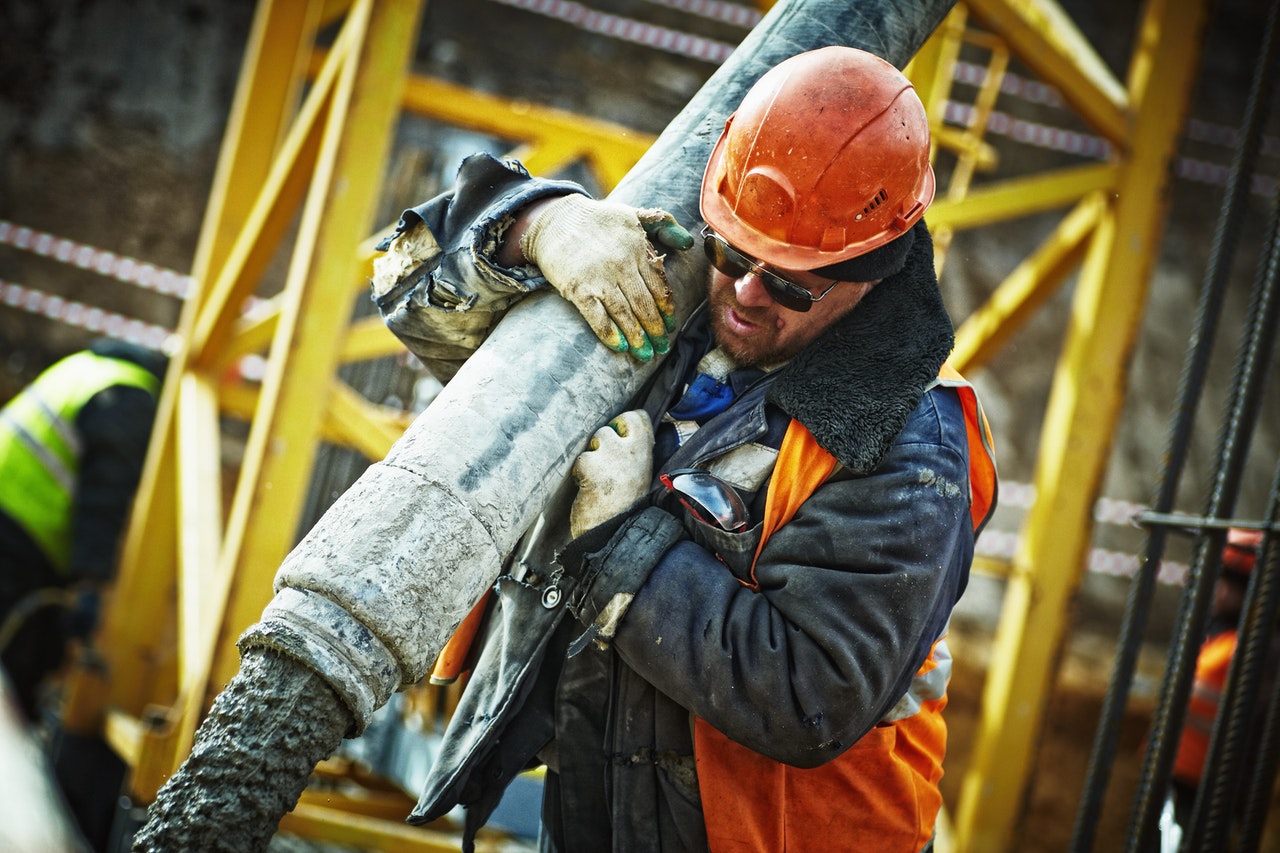With the presidential race taking shape, the conversation about how the outcome of the election will affect the construction industry is warming up. The 2019 federal budget deficit totaled $984 billion, and the Treasury Department estimates it will hit $1 trillion in 2020. Recent developments on the international stage, such as Brexit and the volatility in the Middle East conflict, will impact the domestic economy, as well as international markets.
“While construction may be a lagging economic indicator, the time to size up the potential consequences of a downturn — to check your parachute, if you will —to the industry, is now,” says Julian Anderson FRICS president, North America.
For nearly 20 years, Rider Levett Bucknall has published a quarterly construction cost report that has provided its clients with a 360 degree view of the current state of the industry. Each quarter Rider looks at the comparative cost of construction in 12 U.S. cities, indexing them to show how costs are changing in each city in particular, and against the costs in the other 11 locations.

According to the report, U.S.construction costs continue to rise. The Comparative Cost Index (shown in the map graphic) tracks the ‘true’ bid cost of construction, which includes, in addition to costs of labor and materials, general contractor and sub-contractor overhead costs and fees (profit). The index also includes applicable sales/use taxes that ‘standard’ construction contracts attract.
Nationally, construction costs increased approximately 5.19 percent between October 2018 and October 2019. In Denver, construction costs increased 4.9 percent. Compared to other, larger cities, Denver is more affordable than other larger cities.
Research suggests that between July 1, 2019 and October 1, 2019 the national average increase in construction costs was approximately 1.20%. Honolulu, Las Vegas, New York, Portland, and Washington, D.C. all experienced increases greater than 1.20% in the quarter. Seattle had an increase of approximately 1.20%, which is in-line with the national average. Other locations reported increases below 1.20%, including Denver and Los Angeles.
Download the full report here










